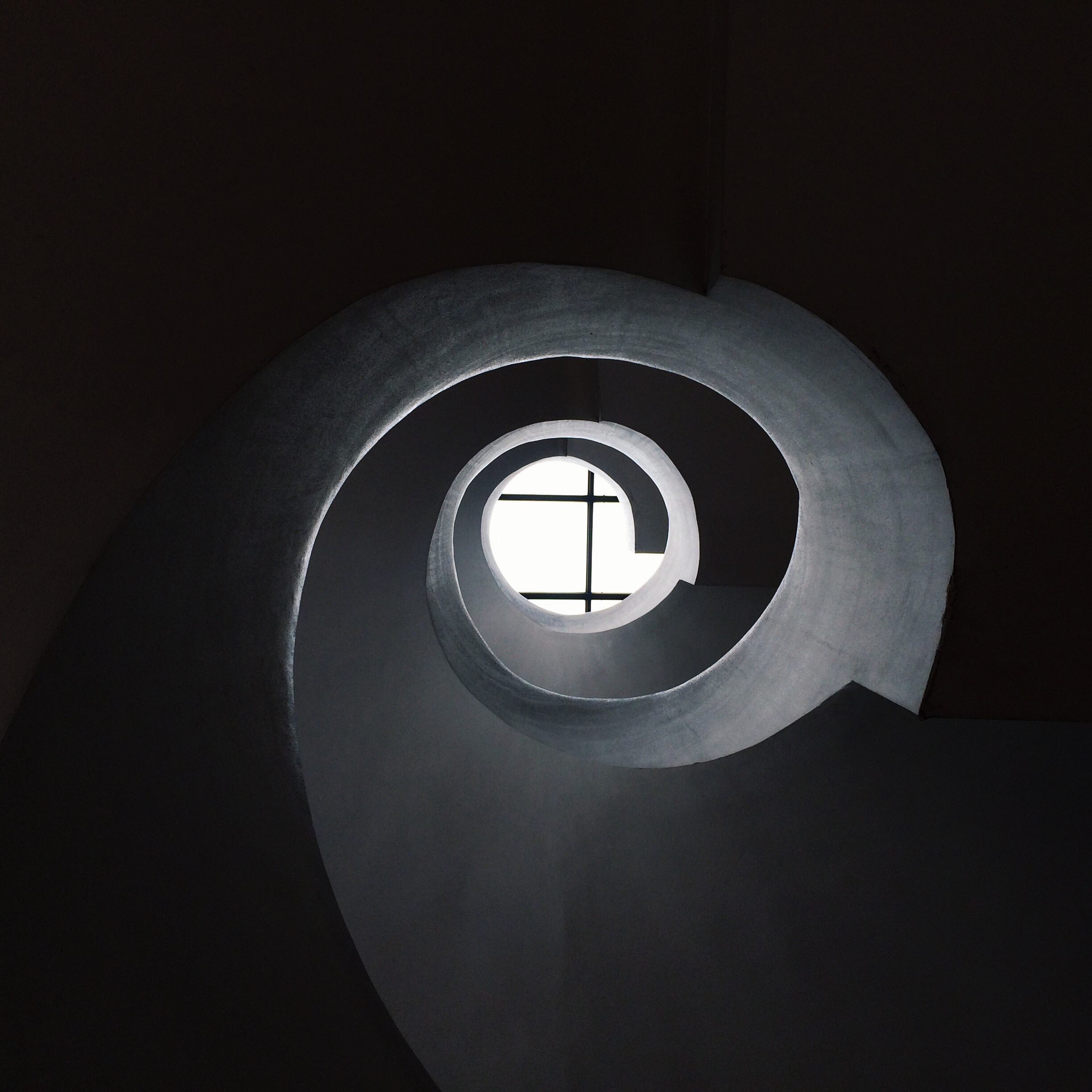That being said, I completely agree that the notion of mental illness and creativity being somehow related is interesting. For me, that is because we know that creativity is a way of unconventional thinking, and that individuals with mental illness often show differences in the way they perceive, process, and remember information. Too simply: they think differently too. Luckily for all of us, we don’t have to stop at just being interested in the relationship between mental illness and creativity. There is a long history of psychology research that has been dedicated to this very topic. Some studies have looked very carefully at whether creativity and disordered behavior are independent or dependent constructs. If they were dependent constructs, you would expect the least and most creative people to have the lowest and highest amount of mental illness, respectively. In short, a review of 45 studies on the topic found that specific symptoms of psychopathology, but not overarching disorder, were related to higher creativity. However, more interesting to me, and hopefully to you, was a study conducted examining historical records on these great thinkers that are so commonly used in these anecdotes. This is called historiometric research.
Specifically, Dr. Dean. K. Simonton of the University of California- Davis collected data from two separate archives on 204 creative geniuses including scientists (YAY!), thinkers, writers, artists, and composers. Included in the description of why only individuals with biographies were included was my favorite sentence in the paper, “Information cannot be extracted from ignorance.” These thinkers were predominantly from Western civilization, born between 1766 and 1906. The list included 42 scientists, 5 composers, 49 writers, and 23 thinkers.
Each individual was rated in one archive on their eminence and in another on their psychopathology. Eminence was based on the attention they received in standard reference works as an indicator of their esteem within their field. This resulted in eminence scores that ranged from 1-100, 100 indicating that the individual was the most prominent thinker in their own field. Psychopathology was ranked on a scale from 0 (none) to 3 (severe) based upon detailed data collection from available biographies on each individual. Quite simply, they wanted to know what the relationship was between eminence and mental illness. First, contrary to the expectation that creativity and mental illness are linked, in this sample of universally brilliant thinkers, all possible levels of mental illness were present and equally distributed within and across the creative domains included in the study.
Most importantly, the basic correlation between eminence and psychopathology was almost zero. So overall, brilliant thinkers were no more or less afflicted with mental illness than their peers. However, Dr. Simonton then broke the sample down by discipline to examine whether there was a different association between eminence and psychopathology with scientists compared with writers, or thinkers, or composers or artists. Here they found that peak eminence for scientists, composers, and thinkers was associated with mild psychopathology, while peak eminence for artists and writers was associated with severe psychopathology. So, what does this mean? This means that the relationship between eminence and psychopathology is not the same for all disciplines, and that the most eminent of writers and artists have a higher likelihood of psychopathology than the most eminent of scientists or thinkers, however psychopathology was not necessary in any field for eminence.
In short, mental illness is everywhere. In fact, we know that at least 20% of the population is struggling with some diagnosable mental illness at any given time. This could include generalized anxiety, depression, attention deficit/hyperactivity disorder, or substance abuse. With that in mind, if you just made a list of famous artists, musicians, scholars, actors, authors, or philosophers, chances are that 1/5 of them will have a history of mental illness. When you think of it that way, it makes these individuals even more remarkable that they were capable of achieving, in most cases, transgenerational esteem from society despite being impaired by a debilitating illness. Imagine what they could have accomplished under healthier circumstances.
If this topic interests you, Dr. Simonton and other great minds have explored the topic at length in these books, including the classic, Origins of Genius.
Simonton, D. K. (2014). More method in the mad-genius controversy: A historiometric study of 204 historic creators. Psychology of Aesthetics, Creativity, and the Arts, 8(1), 53.


No comments:
Post a Comment